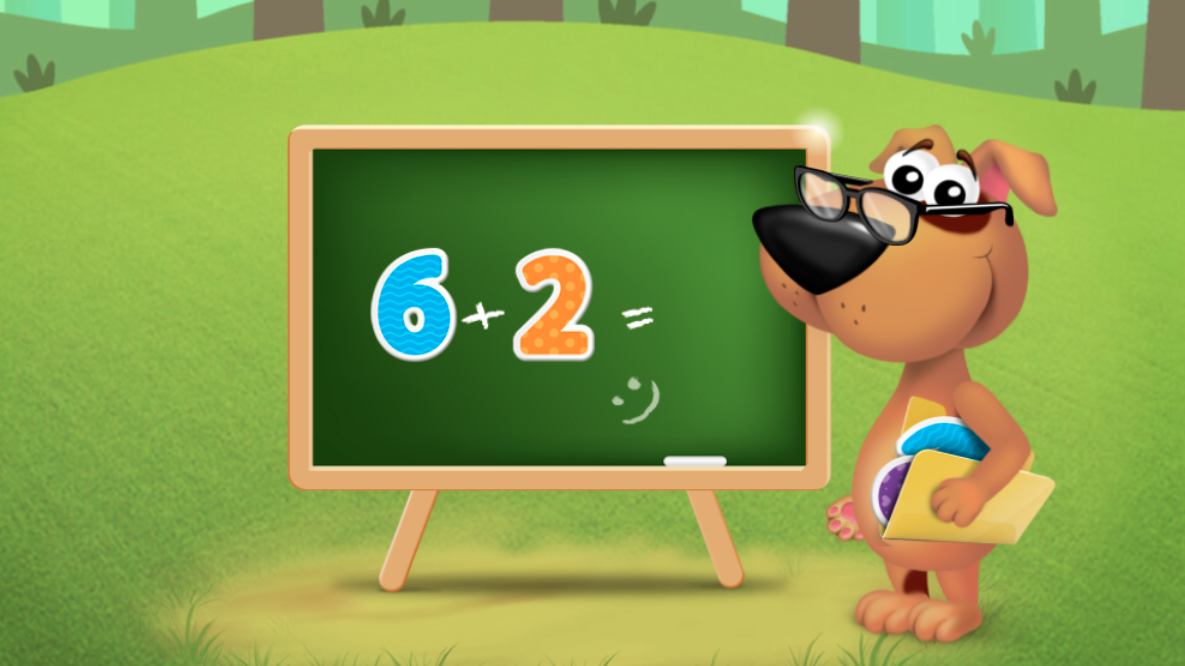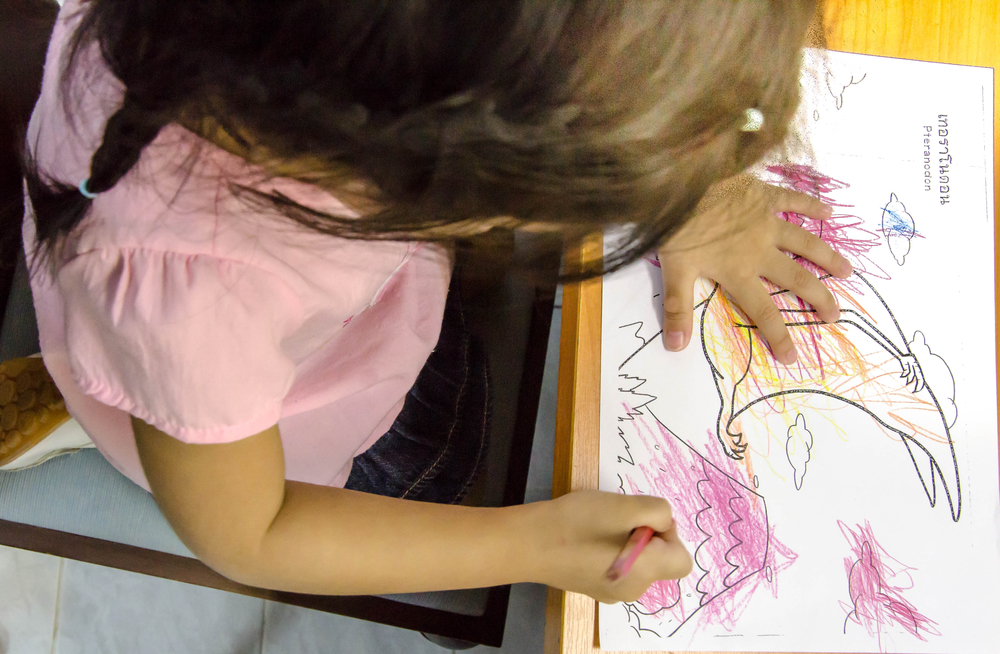Normal Time Worksheets for Ages 6-8
5 filtered results
-
From - To
Enhance your child's time-telling skills with our engaging "Normal Time Worksheets for Ages 6-8." Perfectly tailored for young learners, these worksheets offer a fun and effective way to practice reading clocks, understanding hours and minutes, and applying time concepts in everyday scenarios. Designed by educational experts, each printable worksheet is crafted to build confidence while reinforcing fundamental math skills. Encourage independent learning and support classroom lessons with these interactive time-telling resources. Ideal for both teachers and parents, our worksheets provide an excellent foundation for mastering the concept of time in an enjoyable and meaningful way.


Years Worksheet
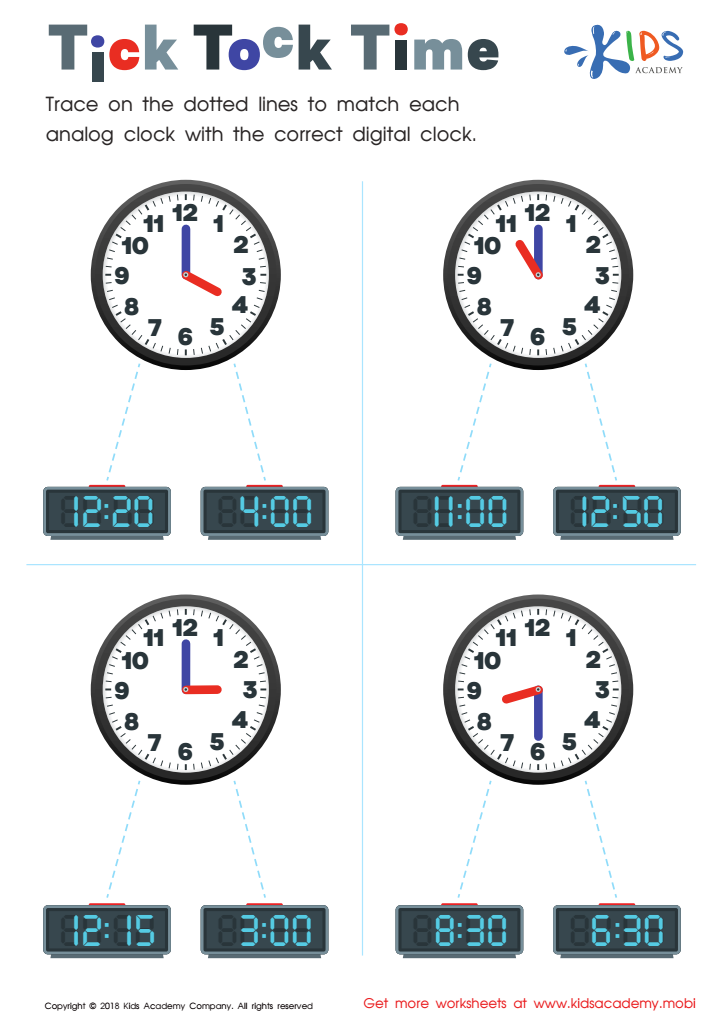

Tick Tock Time Worksheet
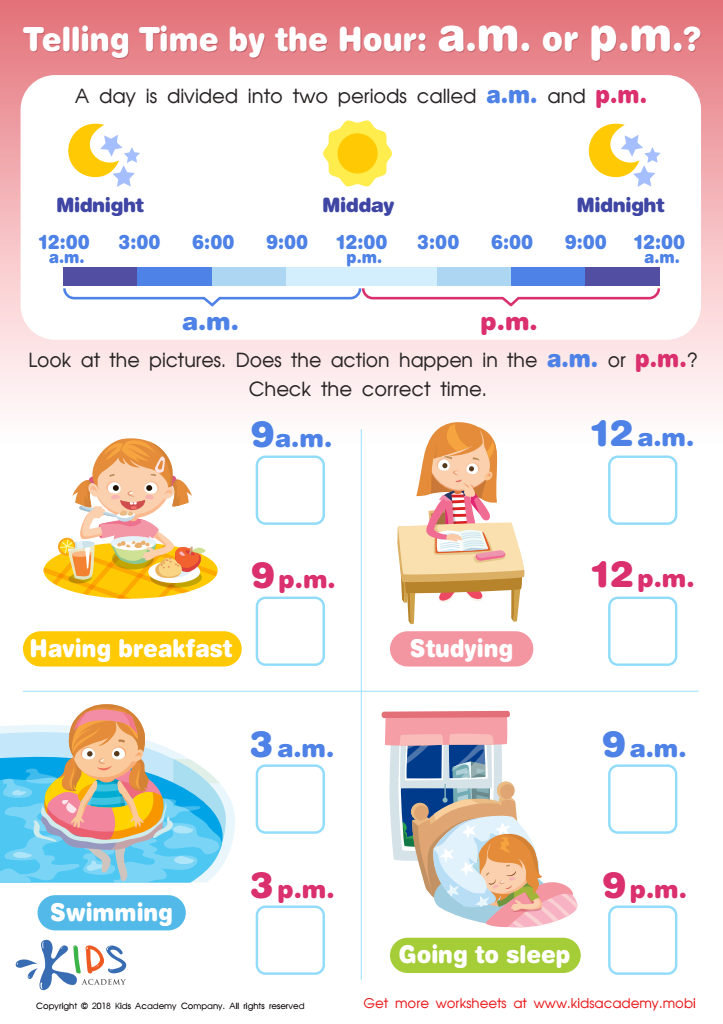

Tilling Time by the Hour: a.m. or p.m.? Worksheet
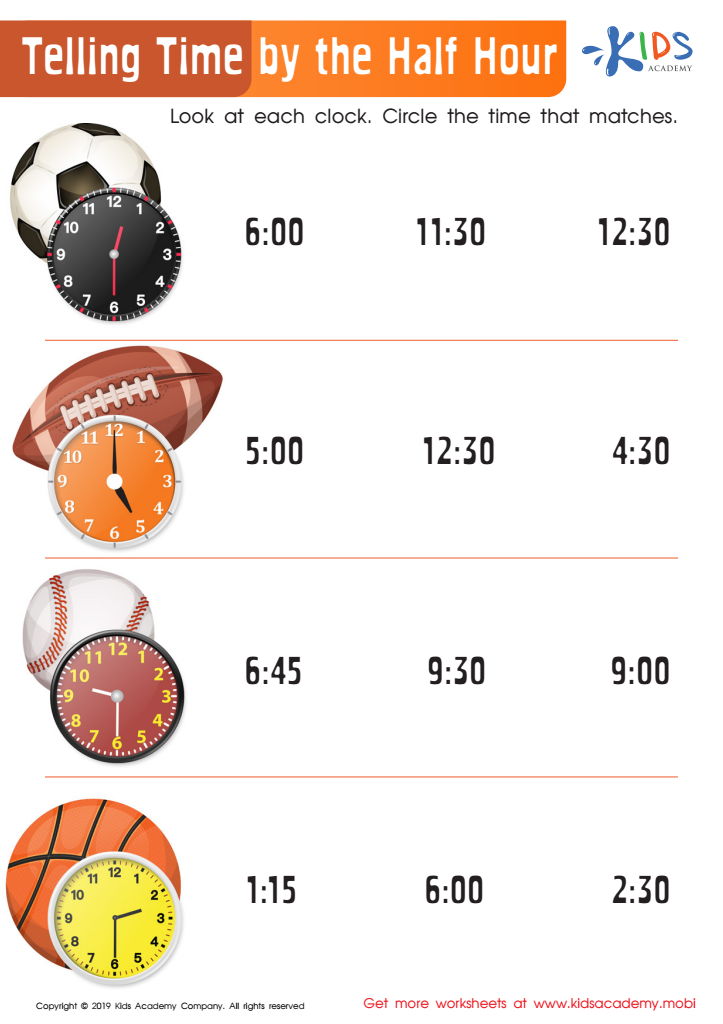

Telling Time by the Half Hour Worksheet
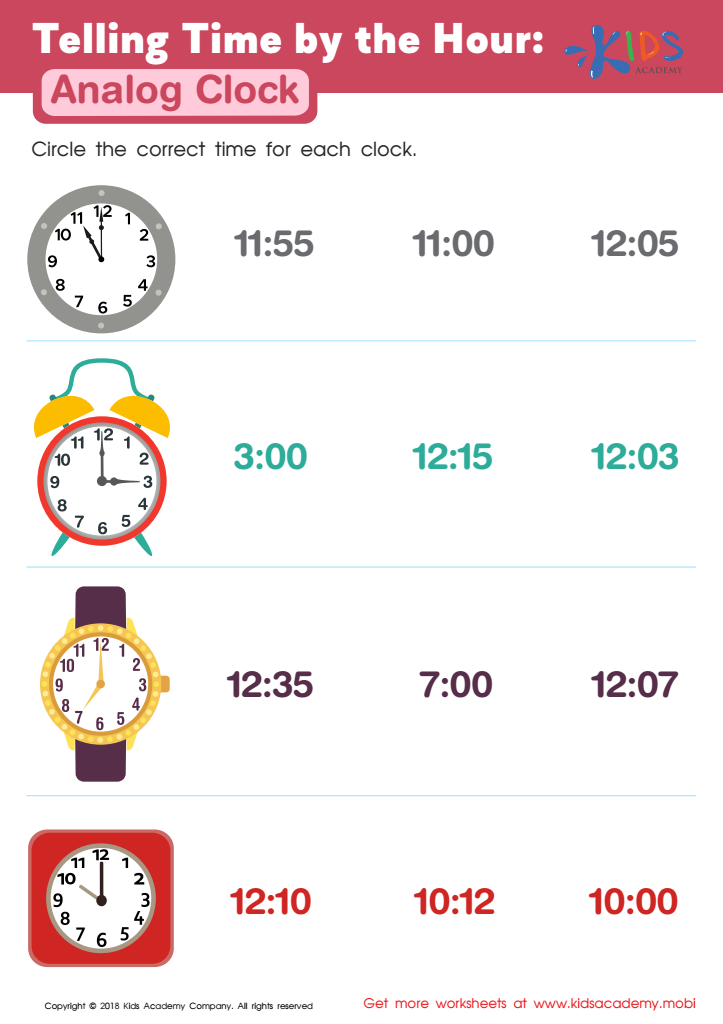

Telling Time by the Hour: Analog Clock Worksheet
Normal time, also known as routine or structure, is crucial for children aged 6-8 as it provides a sense of stability and security. At this developmental stage, children are learning to navigate the world around them while still relying heavily on the guidance of trusted adults. Establishing a predictable routine helps them understand expectations and manage their time effectively.
For parents and teachers, maintaining a consistent schedule aids in the child’s cognitive and emotional development. Routine activities like bedtime, homework, and meals can contribute to better sleep patterns, heightened concentration, and an overall calm demeanor. Regularity reduces the anxiety that stems from uncertainty and helps kids feel more in control of their environment.
Moreover, a structured day allows for dedicated periods of learning, play, and rest, which are all vital for balanced development. The practice of repetition within a routine can reinforce learning and help children develop good habits, like personal hygiene or reading practice.
For educators, implementing regular schedules in the classroom maximizes instructional time and minimizes disruptions, thereby creating an optimal learning environment. In essence, maintaining normal time hones a child’s self-discipline, fosters independence, and nurtures resilience, laying a solid foundation for their future academic and personal success.

 Assign to the classroom
Assign to the classroom
